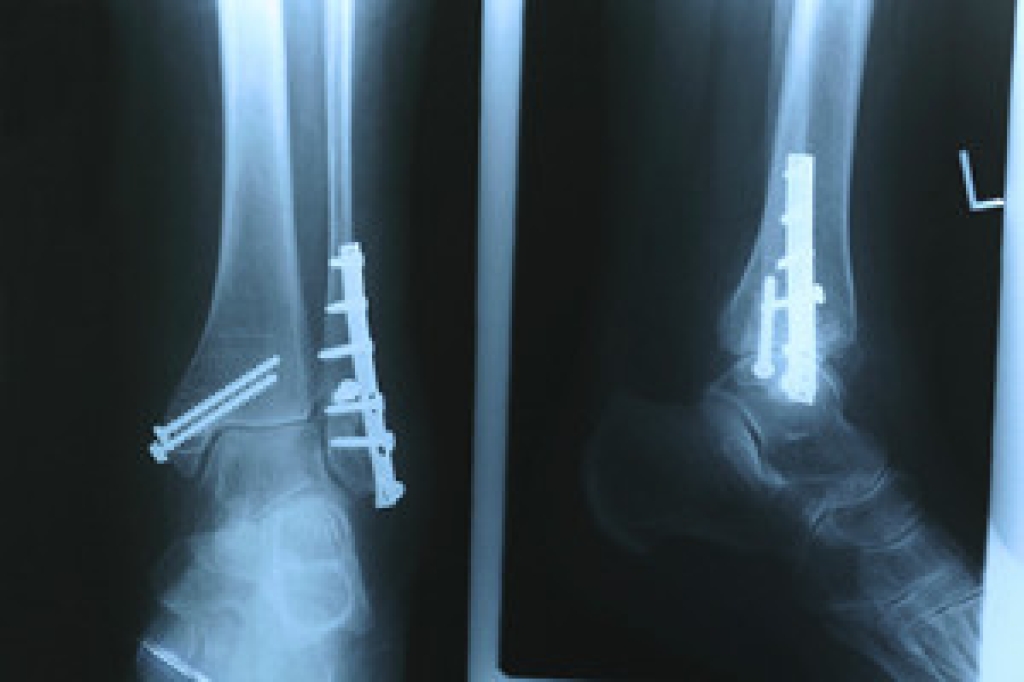
With a focus on exercise and weight loss in current times, more and more people are engaging in new activities, such as running, cycling, and aerobics. With this increase in activity, sports-related injuries are on the rise. Stress fractures of the foot and ankle are common, but diagnosis and treatment are often challenging as signs and symptoms can overlap with other diagnoses. A stress fracture results from repetitive stress that does not go as far as an acute fracture. When one sustains a stress fracture of the heel or ankle, it may present itself with pain, redness, and swelling. When the diagnosis is not straightforward, an imaging test might be needed to determine exactly what is going on. If you feel you have sustained a stress fracture or are not sure why you feel foot pain, contact a chiropodist for a proper diagnosis and treatment.
A stress fracture often requires medical attention as it can progress and worsen over time. Please consult with one of the specialists from Thornhill Foot Clinic. Our chiropodists will assess your condition and provide you with quality foot and ankle treatment.
A stress fracture refers to a fine crack in a bone. This type of fracture is especially common in the feet, as they often endure repetitive pressure from daily activities such as walking or running. Stress fractures occur when the affected bone can not support the load being placed on it. Stress fractures in the foot can occur in any bone, but often affect the metatarsal bones which connect the toes to the rest of the foot, the heel bone, or the navicular bone on the top of the foot.
Symptoms
Symptoms of a stress fracture may include:
- Deep, dull pain
- Sharp, localized pain
- Intermittent pain
- Tenderness
- Weakness
- Swelling
- Bruising
- Changes in the biomechanics of the foot
Diagnosis
Stress fractures in the foot are diagnosed via medical history and a physical exam. You may also need to have diagnostic imaging tests like X-rays, MRIs, CT scans, bone scans, or an ultrasound performed to confirm the diagnosis and to rule out any other problems.
Treatment
Nonsurgical treatment options include resting, icing, compressing and elevating the affected foot, taking nonsteroidal anti-inflammatory pain medications, modifying your footwear, wearing a cast, and using crutches. Certain types of foot fractures, such as navicular fractures, respond poorly to nonsurgical treatment and may need surgery to fully heal.
If you have any questions, please feel free to contact our office located in . We offer the newest diagnostic and treatment technologies for all your foot care needs.
